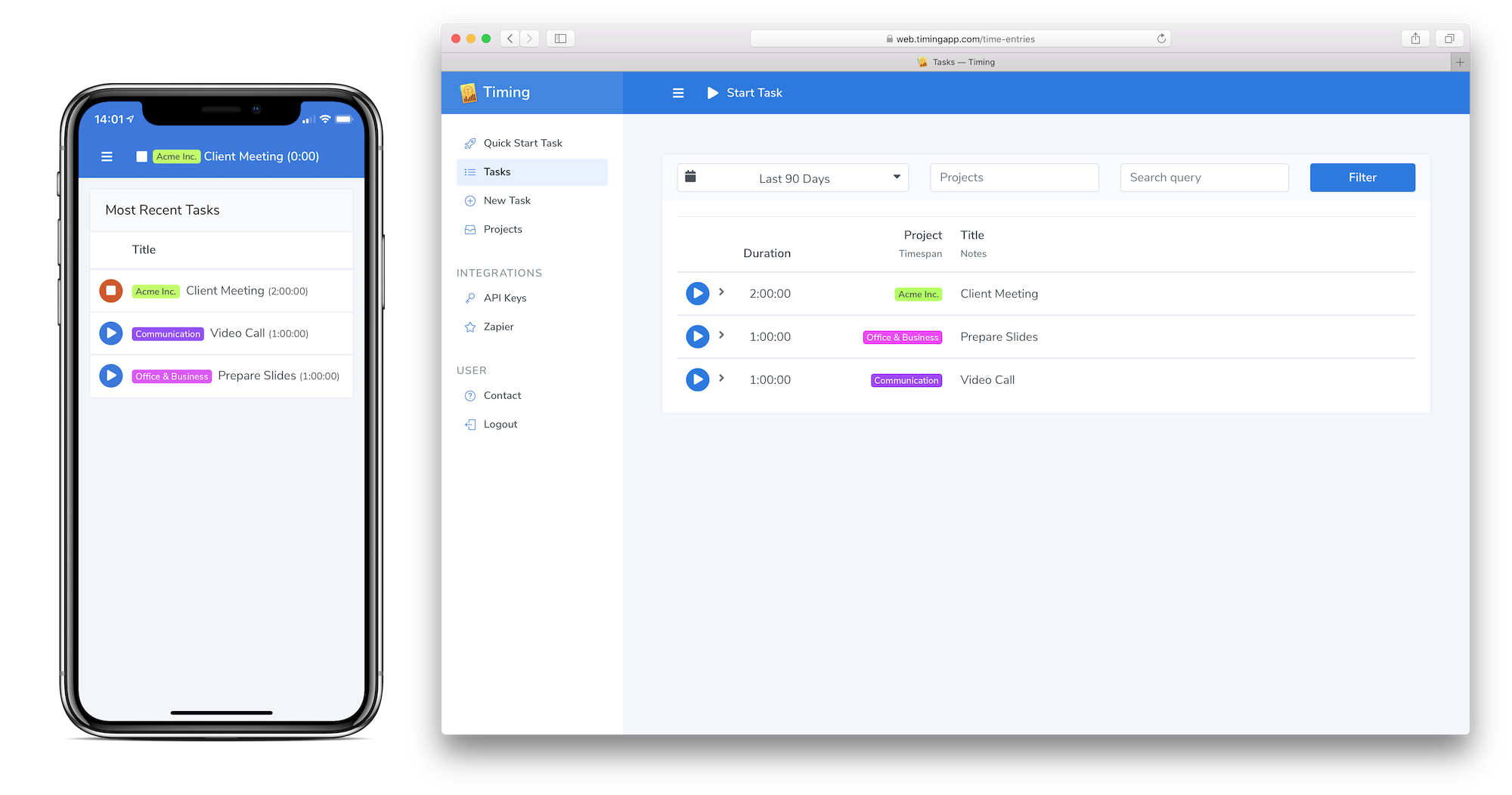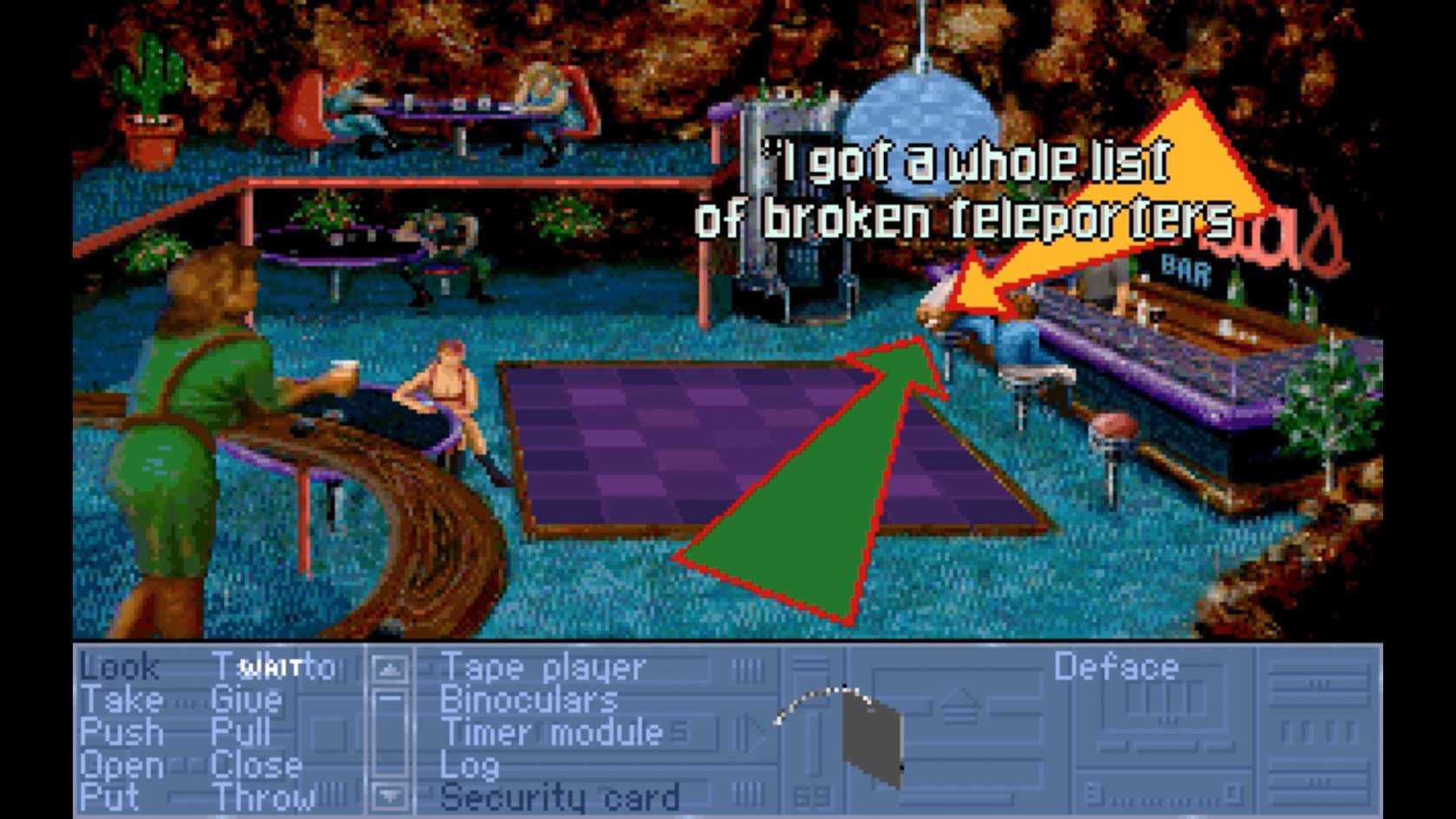The best plugins and scripts for 3D, VFX and motion graphics software including Adobe After Effects, Cinema 4D and Premiere Pro. Lots of video tutorials showing how to use the tools provided. The time that your Mac displays is not only for your convenience, but also a requirement for many of OS X’s services. This includes its ability to schedule tasks and notify you of calendar events, as well as time-stamp files and events, and properly communicate with online services using some forms of encryption. An anonymous reader writes 'As part of his 1680-page book Mac OS X Internals: A Systems Approach, Amit Singh of kernelthread.com wrote a very detailed technical history of Apple's operating systems. Since he had to cut down on the history chapter because of the book's already too-large size, most of this chapter didn't make it to the printed book. Mac OS X 10.4 Tiger is the fifth major release of the Mac OS X. Tiger was released to the public on April 29, 2005, for US$ 129.5 as the successor to the Mac OS X 10.3 Panther. Some new features are included in this version, which includes a fast searching system called Spotlight, new version of Safari web browser, Dashboard, a new. Returning to the Default Notification Banner Persistence Time in Mac OS Going back to the default banner persistence time is just a matter of deleting the defaults string you wrote to previously. Go back to the Terminal and enter the following command string: defaults delete com.apple.notificationcenterui bannerTime.
Time Bender Mac Os Download
Apple began phasing in the use of its SSD-friendly APFS file system with High Sierra for SSD-only Macs, and then upgraded Fusion Drive-based Macs in Mojave. In Big Sur, Time Machine volumes can finally be formatted with APFS, too. But in this transition, one capability was quietly lost: APFS volumes cannot be shared for network access via Apple’s relatively ancient Apple Filing Protocol (AFP).
AFP dates to the pre-OS X days, with a version appearing in System 6 in the late 1980s. As with most older protocols, it got long in the tooth, and Apple went from just supporting the Windows and Linux world’s SMB to shifting to it as the only built-in sharing method. Way back in OS X 10.9 Mavericks, Apple began moving away from AFP in favor of the industry-standard SMB, although it still hasn’t removed support.
In Big Sur, Apple dropped the ability to share volumes via AFP entirely, but even though Catalina retained AFP-sharing support, as noted above, APFS-formatted volumes could not be shared over AFP. macOS Sierra though Catalina “fails silently” in this method, letting you turn on AFP in the Sharing preference pane’s File Sharing section, even if there are no volumes that AFP can share. (Big Sur can still mount AFP-shared volumes.)
I suggest disabling AFP sharing on any Mac running Catalina or earlier versions that you no longer have HFS+ drives mounted or plan to mount in the future:

- Open the Sharing preference pane.
- Click the File Sharing item at left.
- Click the Options button.
- If you see an option for AFP, uncheck it. Check “Share filse and folders using SMB” if it isn’t selected.
- Click Done.
The only reason this typically matters, however, is on other Macs. When you have a stored alias on one Mac that points to another, and which was a connection originally made over AFP. The alias will still try to work if the other computer is sharing via AFP, even if the volume is no longer shared over AFP.
The solution?
Time Bender Mac Os 7
- Delete your alias.
- In the Finder, choose Go > Network.
- Double-click the computer you want to share from.
- Enter login information for that Mac if prompted. (If may be stored in your Keychain and the login handled silently.)
- Double-click the volume you want to link to.
- Select the volume. See below for methods.
- Choose File > Make Alias or hold down Command and Option while dragging to create an alias.
Time Bender Mac Os X

You can select the volume in step 6 in one of several ways:
- In the Locations section of the sidebar, click the remote Mac, then in the resulting Finder window, double-click the volume you want to make an alias from. Navigate up one level and proceed to step 7.
- In Finder > Preferences, make sure that in the General tab you have selected “Connected servers.” This will make any mounted drives appear on the Desktop, where you can select them in step 6 and proceed to step 7.
This Mac 911 article is in response to a question submitted by Macworld reader Gabriel.
Ask Mac 911
Time Bender Mac Os Catalina
We’ve compiled a list of the questions we get asked most frequently along with answers and links to columns: read our super FAQ to see if your question is covered. If not, we’re always looking for new problems to solve! Email yours to mac911@macworld.com including screen captures as appropriate, and whether you want your full name used. Not every question will be answered, we don’t reply to email, and we cannot provide direct troubleshooting advice.